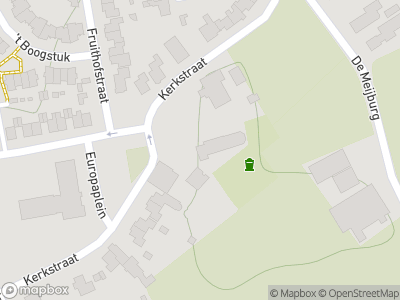The village church of Andelst is perhaps a thousand years old. It dates from the 10th or 11th century, making it one of the oldest churches of the Betuwe region. The village of Andelst is even older and has been continuously occupied since Roman times.
Missionaries
From the 8th century onwards, missionaries from the bishopric of Utrecht were active in the Betuwe region. They wished to convert as many people as possible to Christianity. The hamlet was first mentioned in a church record of 885, under the name of Andassale. There was probably a chapel there at that time. The old church of Andelst was dedicated to Saint Vitus. According to tradition, Vitus died a martyr’s death in a kettle of boiling oil. Saint Vitus became the patron saint of dancers, singers and epileptics. The saint’s name is linked with the Saint Vitus dance, a form of the nerve disorder, chorea. This causes uncontrolled movement of the patient’s arms and legs.
Boulders
The old church consists of three entirely different parts. The low nave is obviously the oldest. The south wall is built of boulders, consisting of a mishmash of basalt, lava, tufa stone, ironstone, greywacke and sandstone. These stones were probably transported on wooden rafts across the Rhine from the Eifel in Germany. The mortar between the stones is full of shards from recycled Roman roof tiles. The tower dates from the 14th century and is built of brick made from the local clay. The choir at the other side of the church is a century younger. With its high pointed arched windows, the choir is clearly Gothic in construction and contrasts strikingly against the squat Romanic nave.
Memorial tablets
During the restoration a hundred years ago, an unexpected discovery was made. The cleaner brought the restorers’ attention to a hollow-sounding area in the choir. Here they found a memorial tablet showing the year the choir was built: 1440. It also bore the name of Saint Vitus. No other sign of the Roman Catholic Middle Ages remains.














